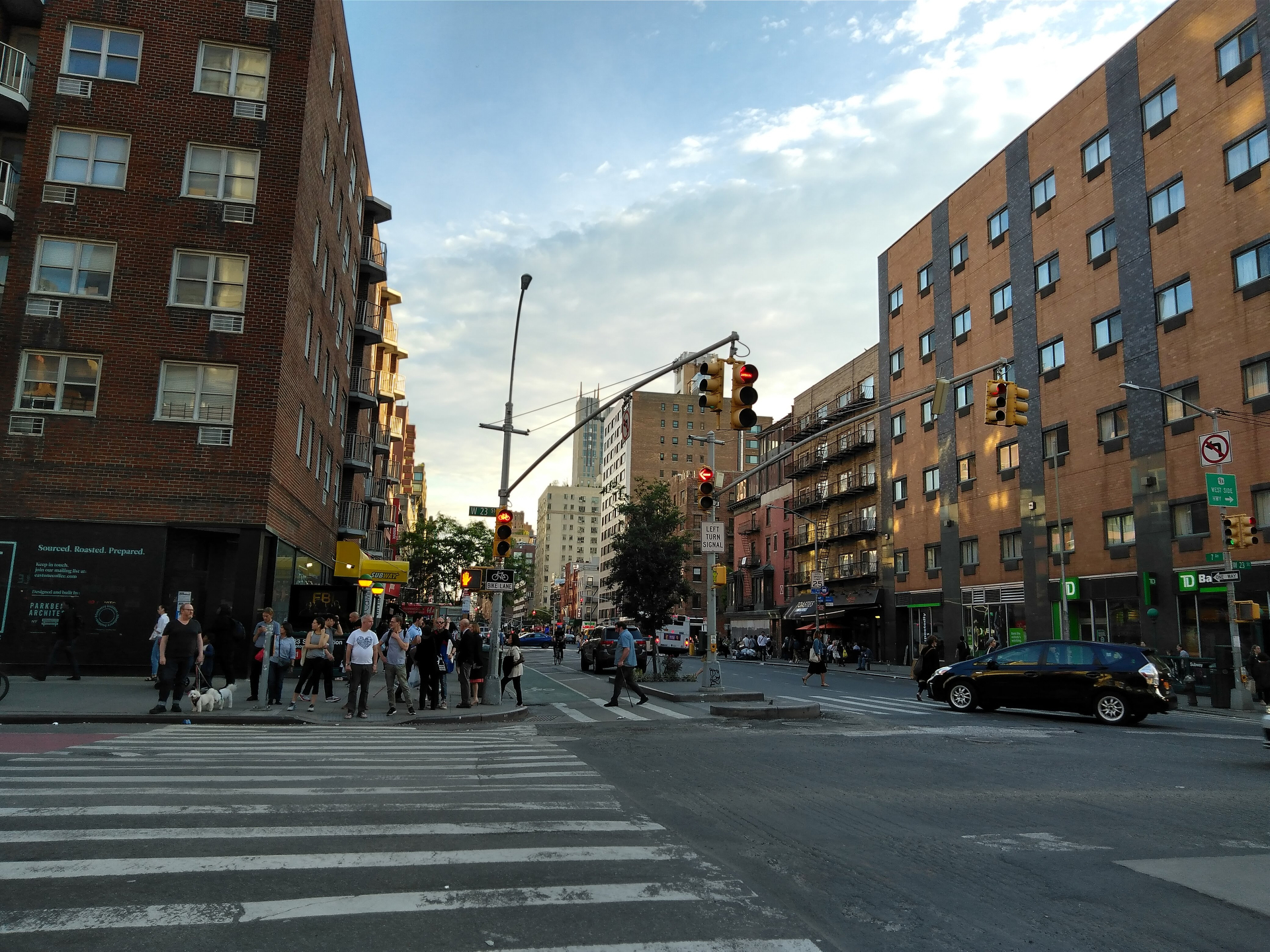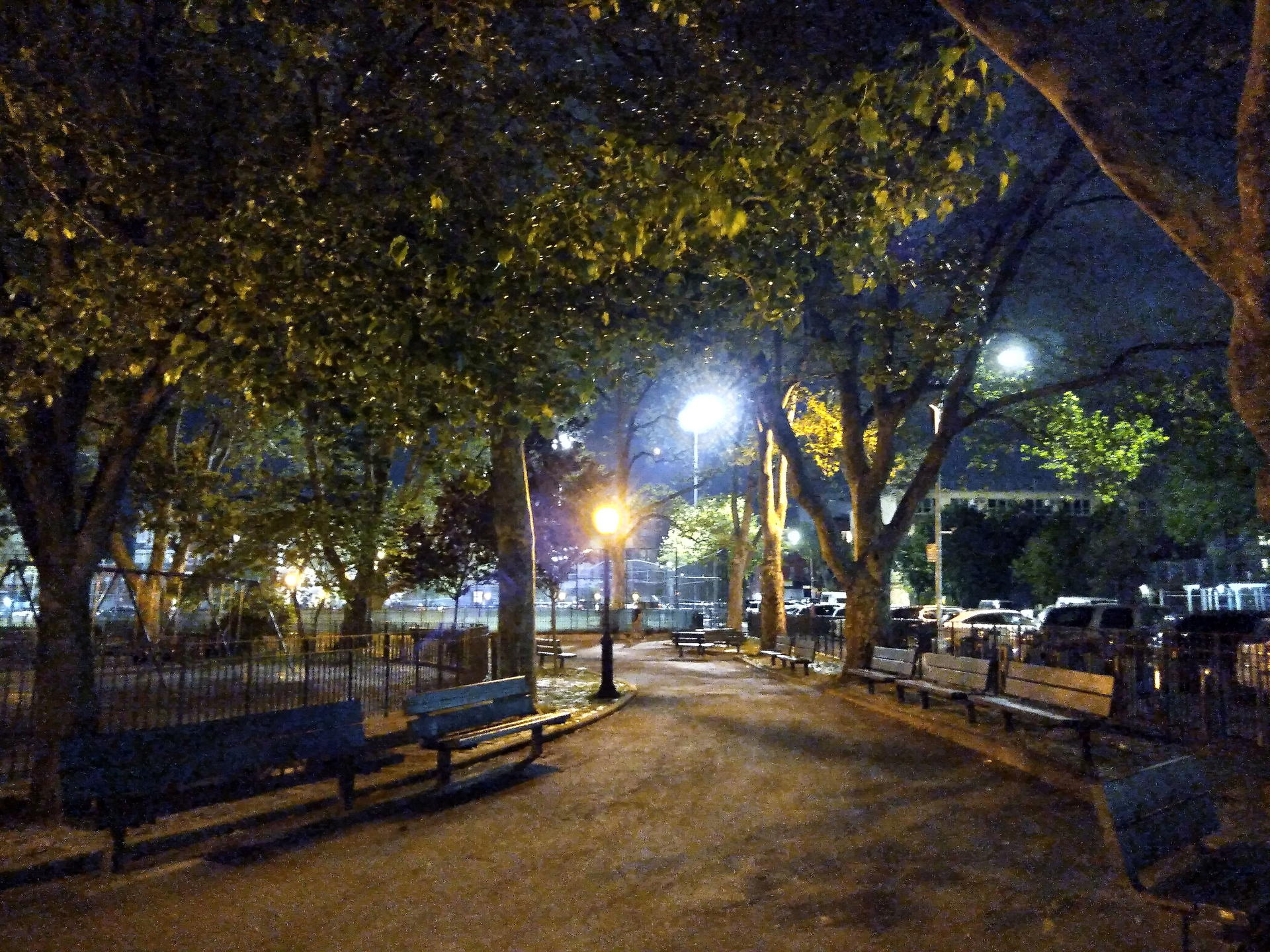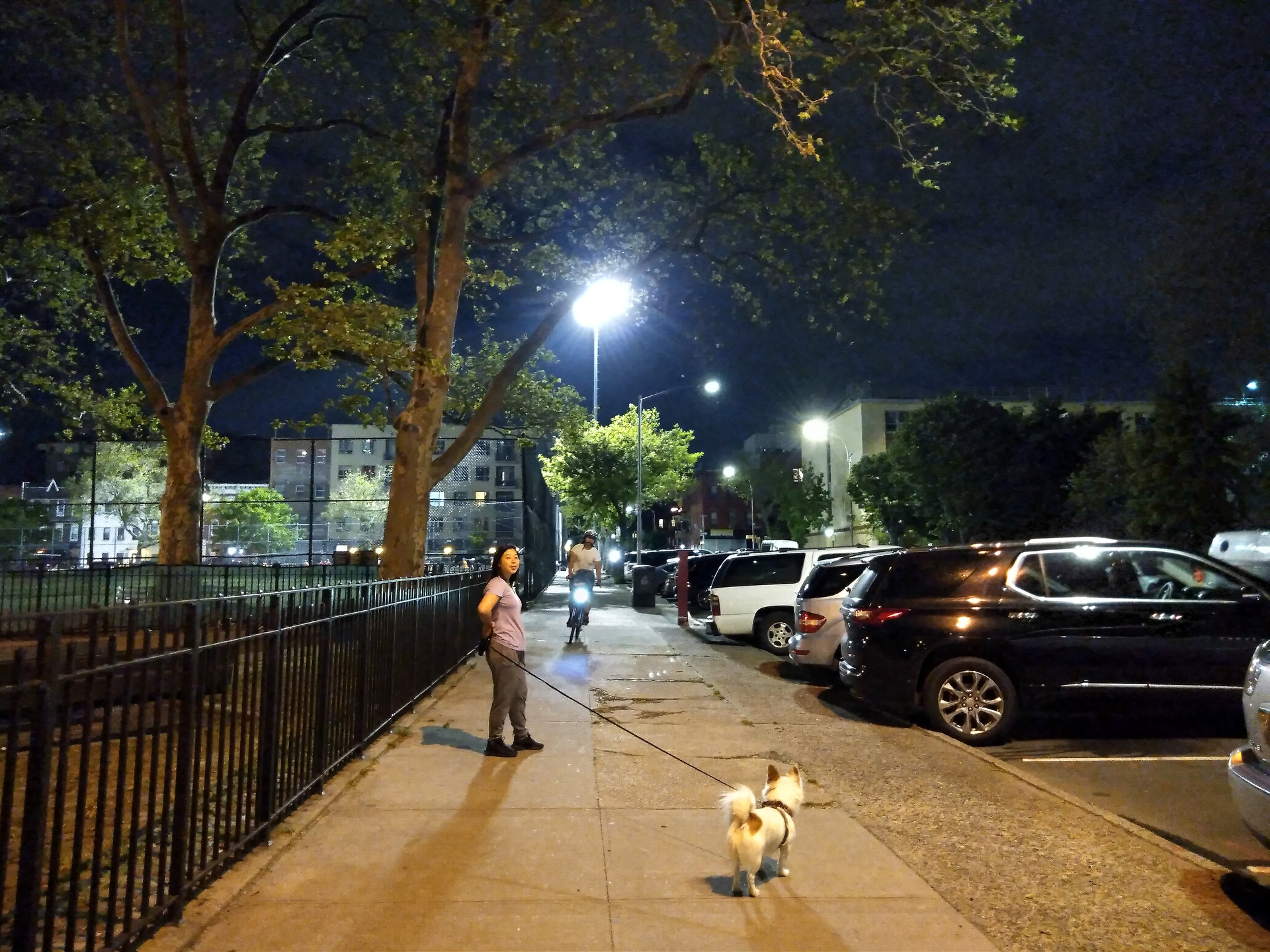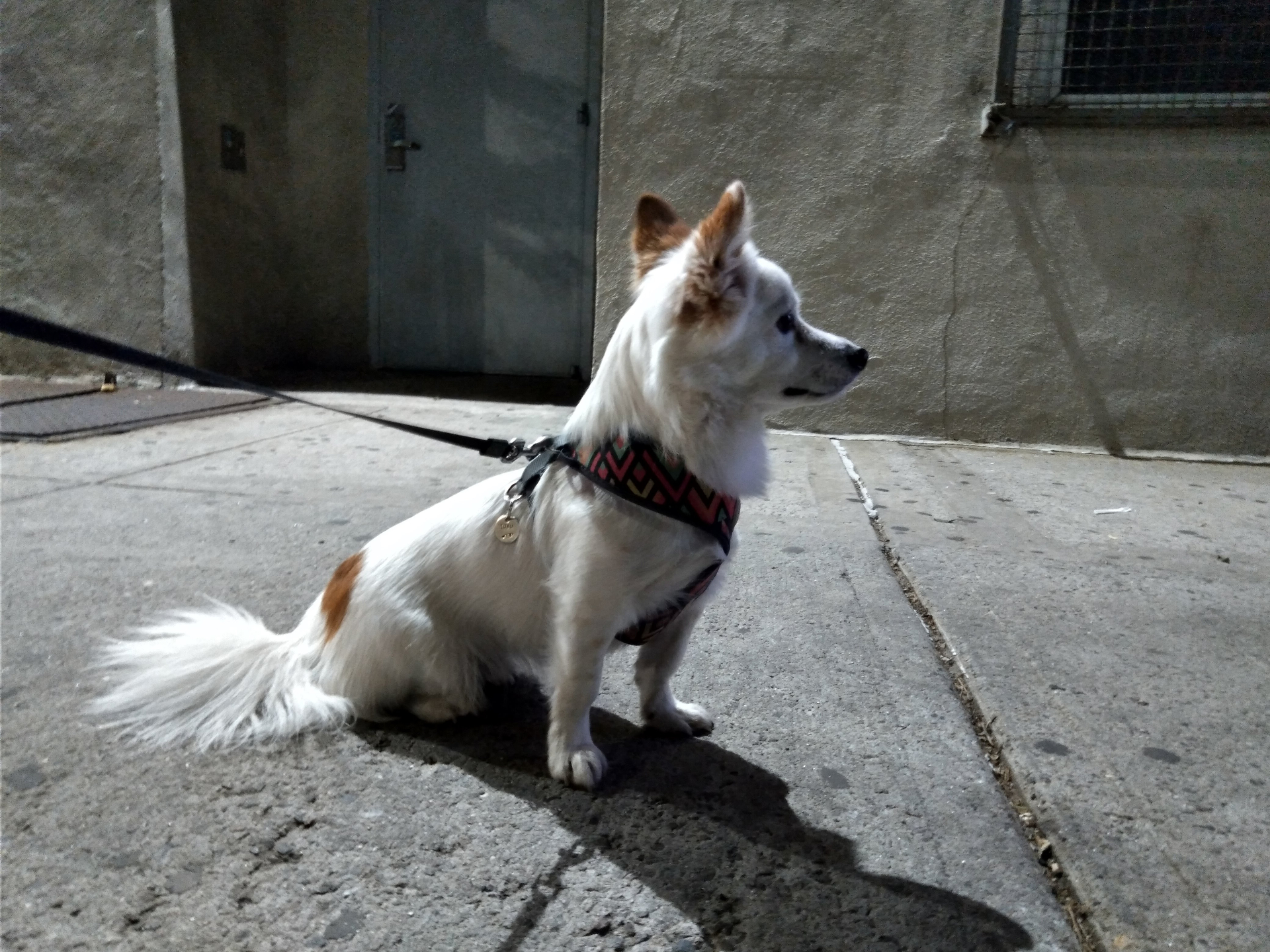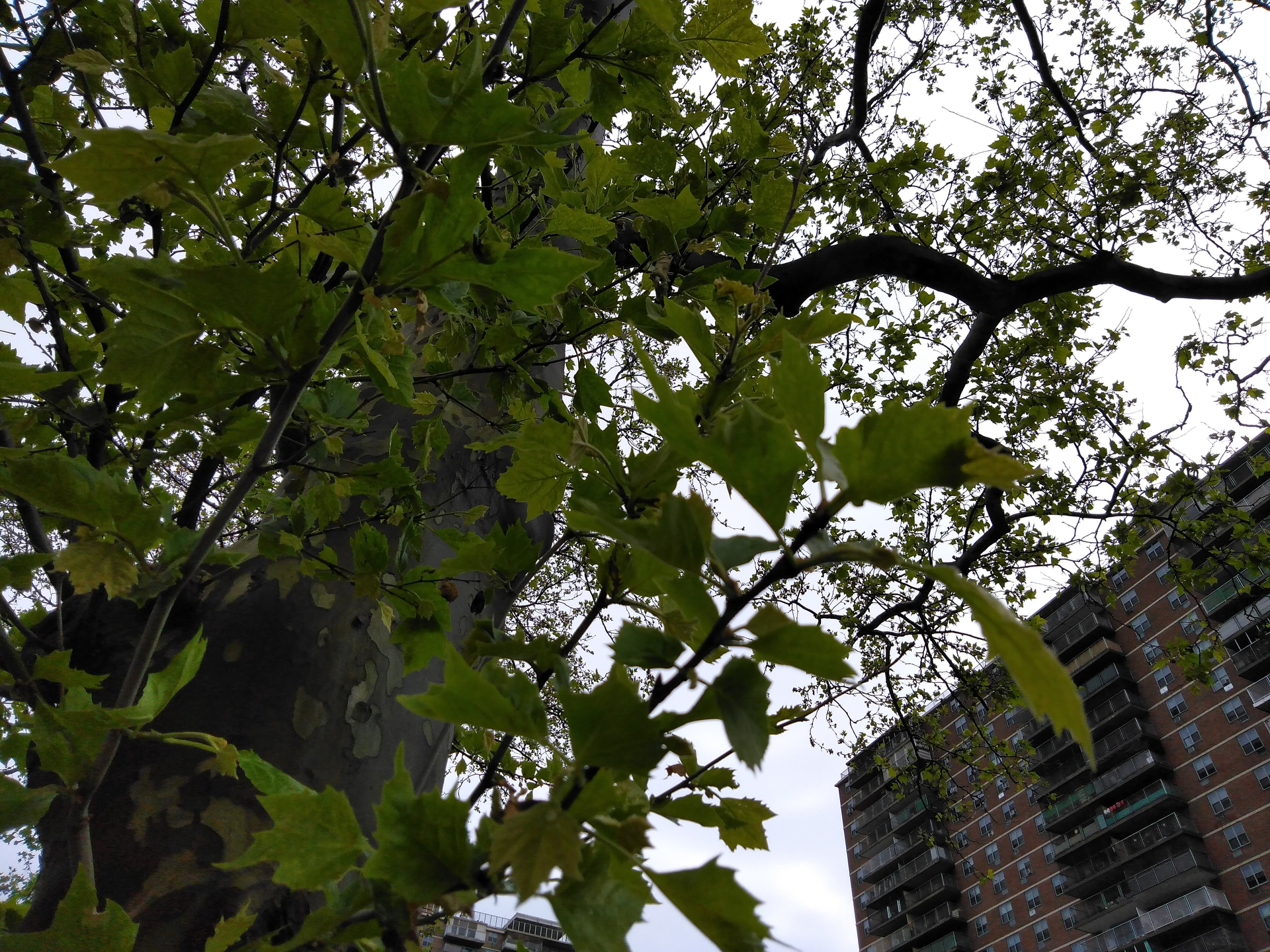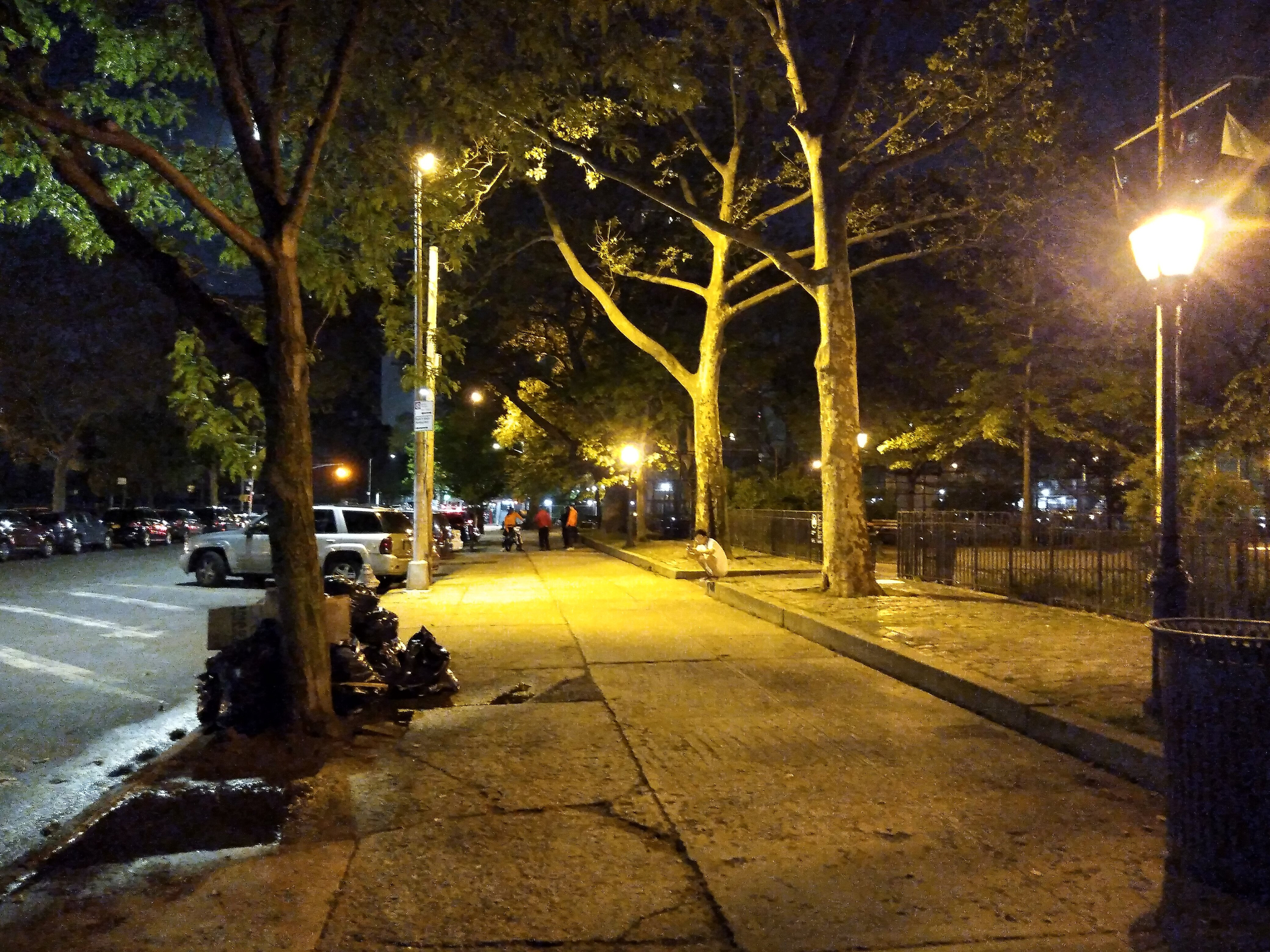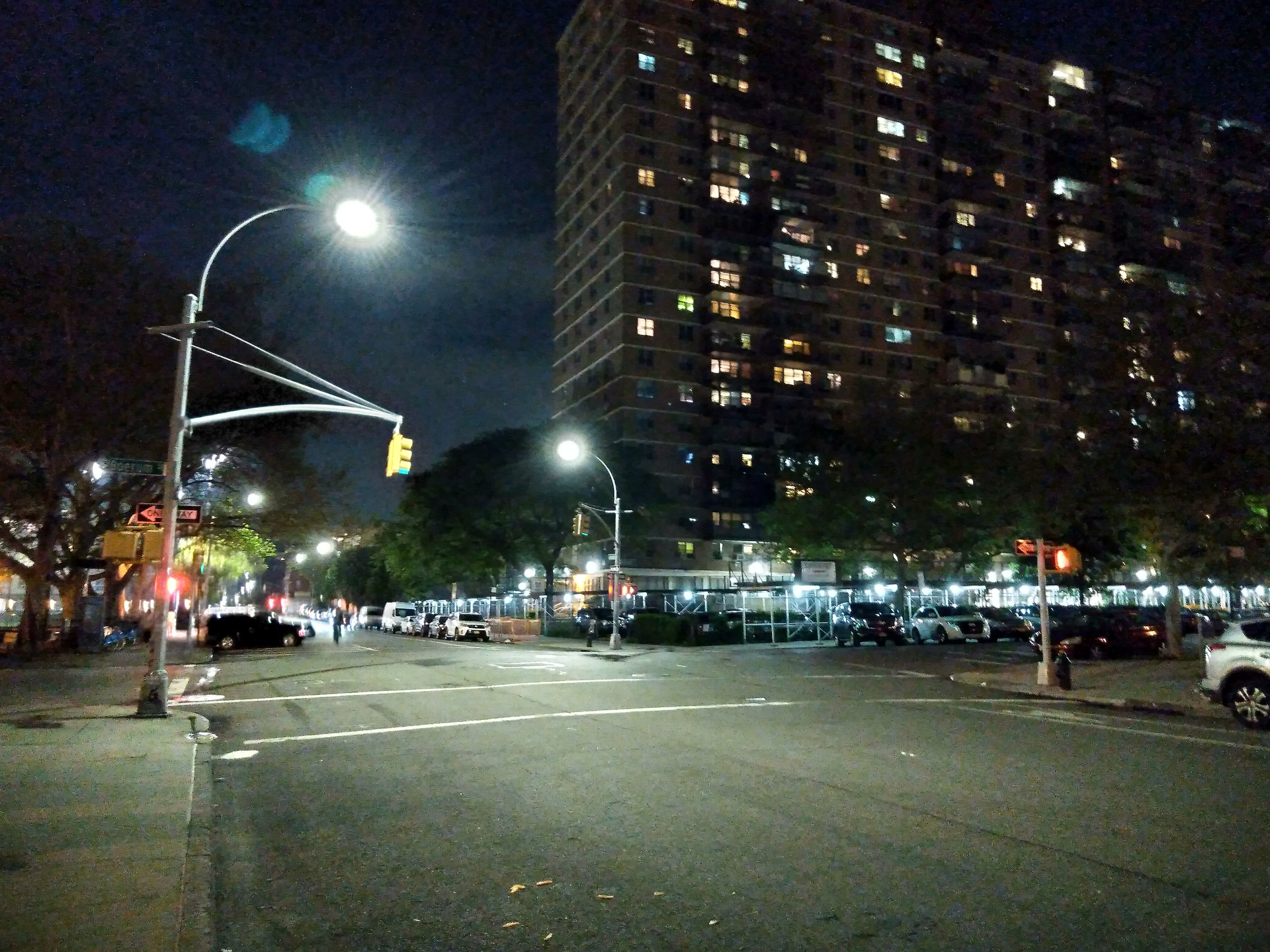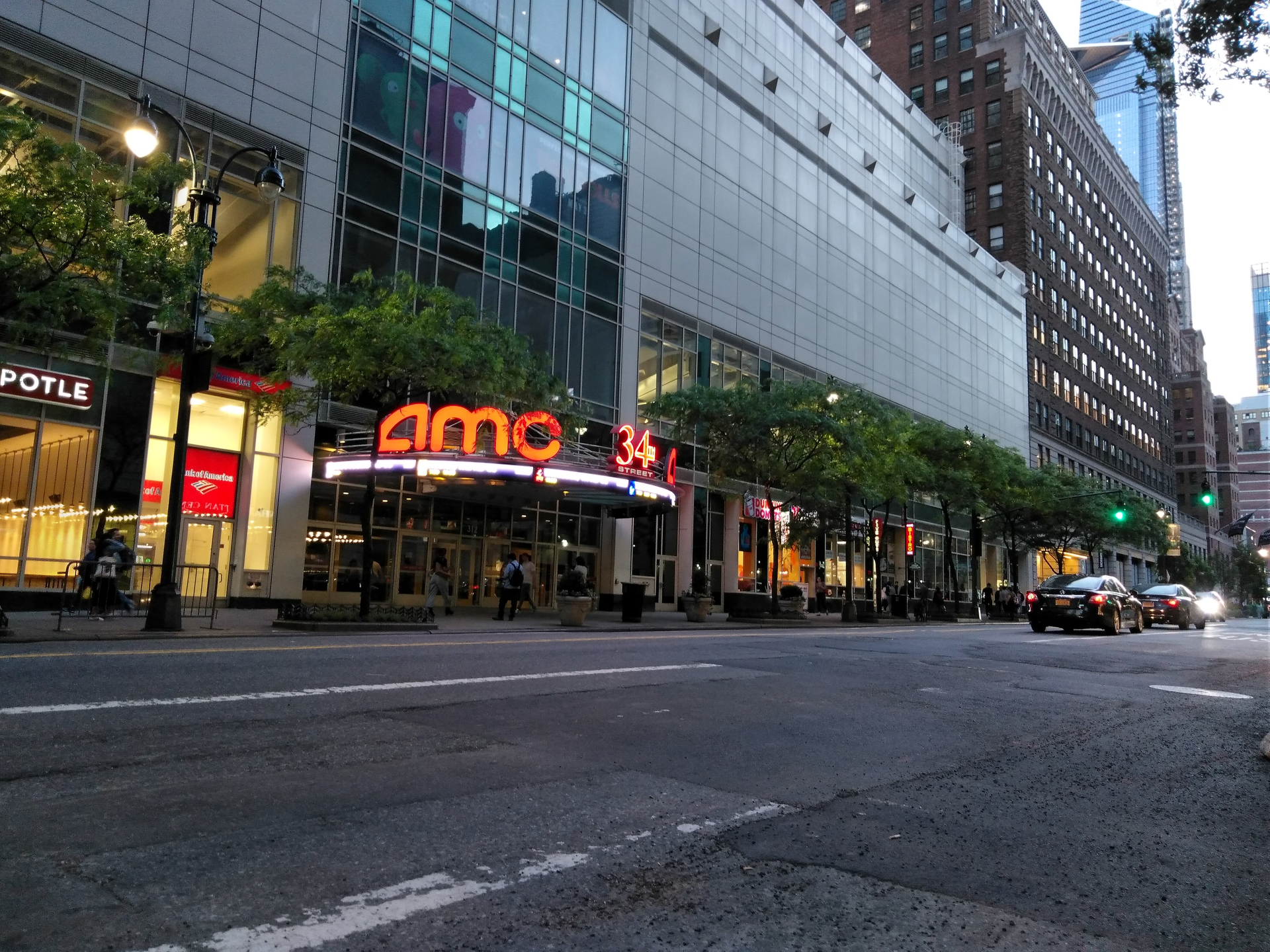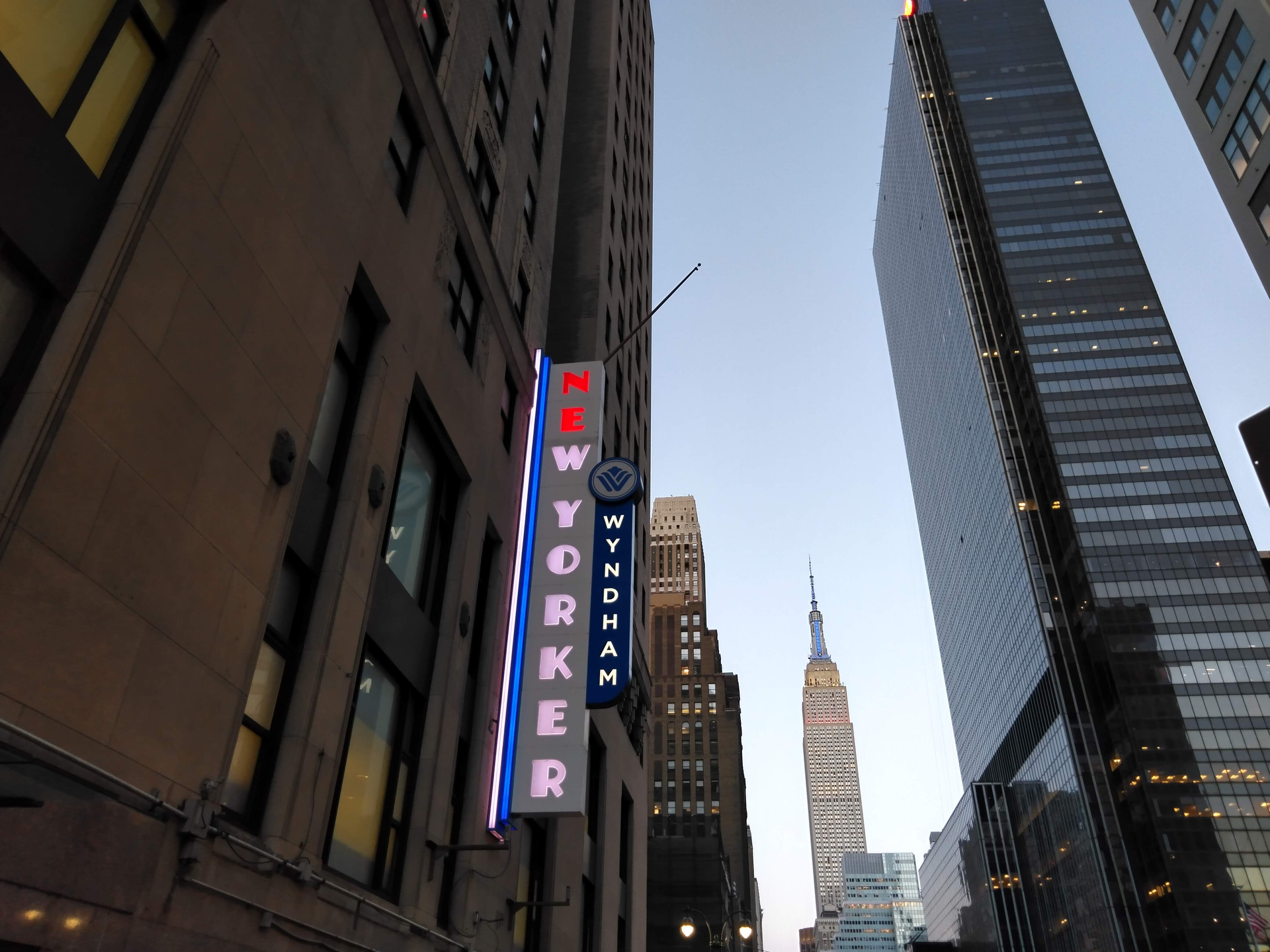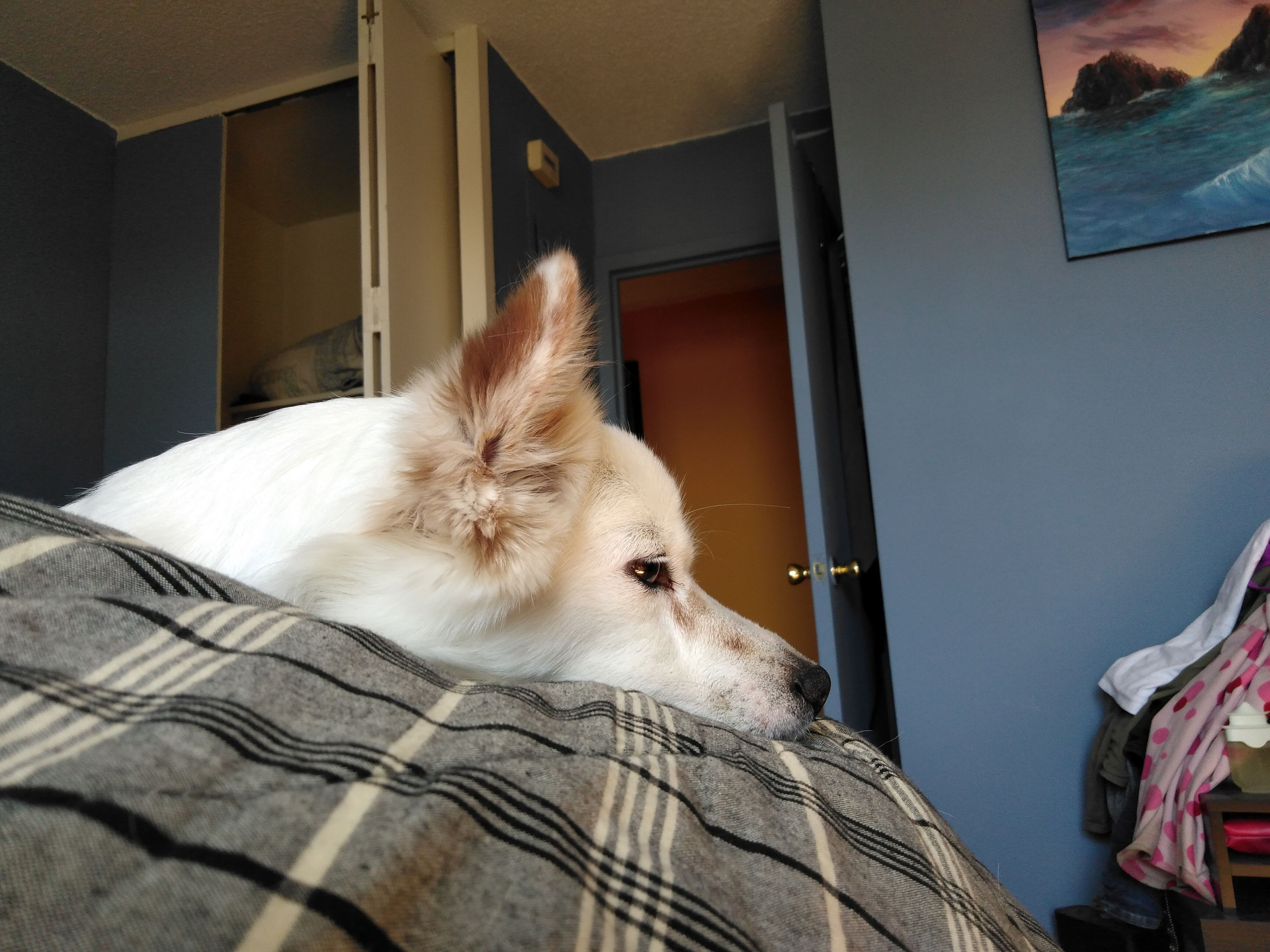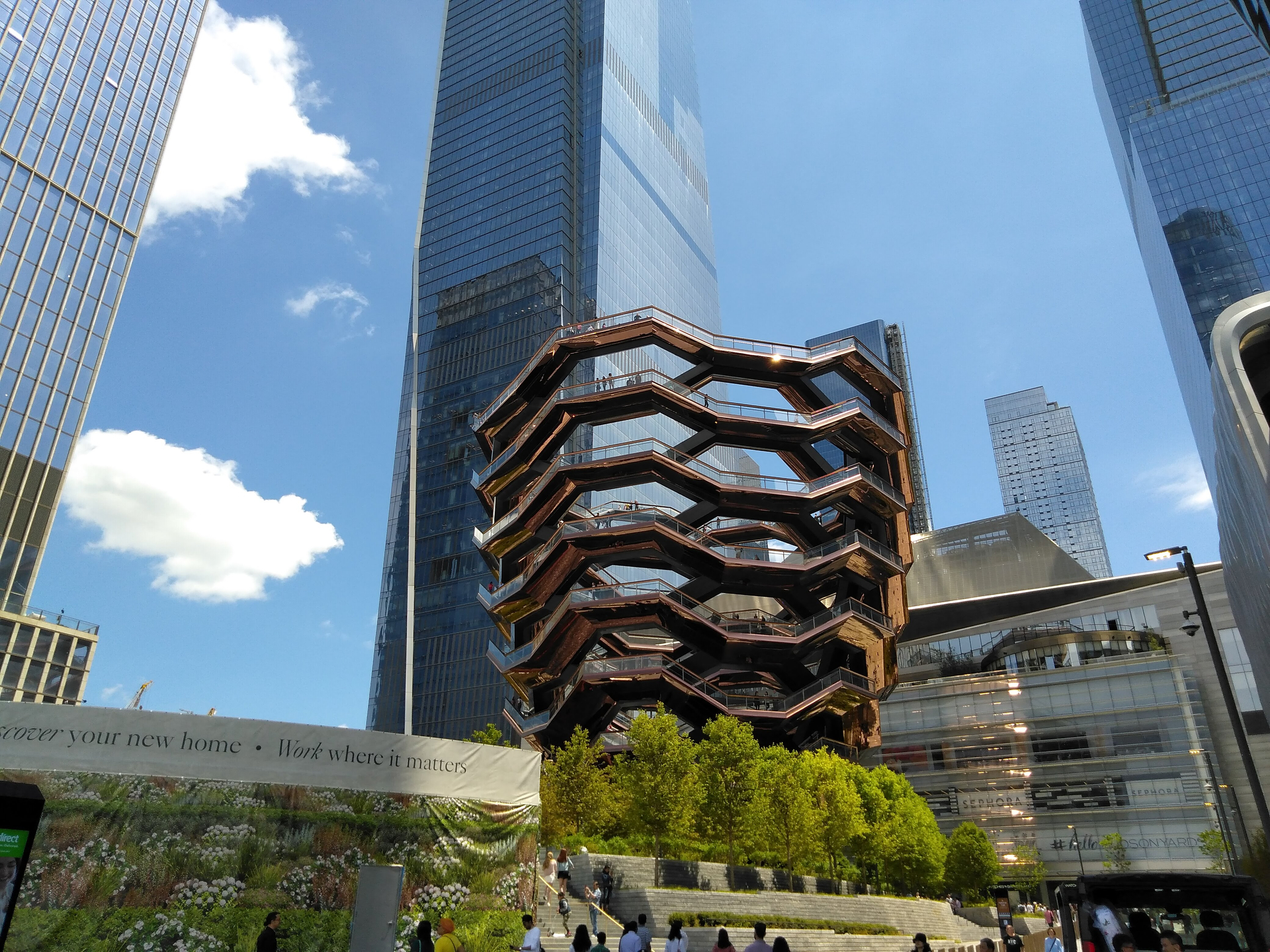“The Nokia 4.2 has a lot of merits, but it's marred by the processor.”
- Good battery life
- Nice design and build quality
- Notification light, NFC, dedicated Google Assistant button are handy
- Android One means 2 years of fast updates
- Affordable
- Slow performance
- Slow camera, mediocre low-light photos
- Doesn’t work on Sprint, Verizon
- Micro USB port
The Nokia 4.2 has been a roller coaster. My initial review unit suffered from constant stutters and freezes that made using the phone a hair-pulling affair. The second unit has delivered a markedly improved experience, but it doesn’t stop this $189 phone from having several compromises.
Affordable phones have to make sacrifices, but the problem rests with the competition. Motorola makes a phone with performance that’s magnitudes better for just $10 more: The Moto G7 Play. It also has the more convenient USB-C port, on top of a decent camera, great battery life, and a near-stock Android experience.
HMD’s Nokia 4.2 has a lot going for it. The camera, while slow, is capable in broad daylight. It doesn’t look its price (in a good way), battery life is amazing, and I love the notification LED that circles the power button. It’s also an Android One phone, so it’s guaranteed updates for two years. But it all boils down to performance, and it can be frustrating.
Compact design, average display
The Nokia 4.2 doesn’t resemble a budget phone. The Moto G7 Play, by comparison, looks and feels decidedly cheap. The Nokia 4.2 has a metal unibody with a polycarbonate frame, and the rear is protected by glass. That means it has a higher chance of needing a repair after a drop, but also makes the phone feel more substantial.
A quick note on the color. I recommend going for the Pink Sand option over black. It’s much more attractive, and helps the phone stand out.
The rear glass is a fingerprint magnet you’ll be wiping down regularly. Speaking of fingerprints, there’s a fingerprint sensor present here. It can be a little slow, which is a consistent theme with the Nokia 4.2.
You’re treated to a headphone jack at the top, a Micro USB charging port at the bottom, a dedicated Google Assistant button on the left, and a volume rocker and power button on the right. The lack of a USB-C charging port is disappointing; many other products have USB-C ports, from MacBooks and iPad Pros to Windows laptops and most Android smartphones. It’s ideal to carry just one cable that can charge anything. The $200 Moto G7 Play has one, so why couldn’t HMD add it in here?
The Nokia 4.2’s processor cripples the phone.
The headphone jack is a welcome inclusion, and you’ll want to use it or use Bluetooth earbuds, because the bottom-firing speakers aren’t loud. The audio quality is decent, though. The buttons around the phone are clicky, and the dedicated Google Assistant button is useful if you use Assistant a lot (you can disable it, but can’t remap the button).
My favorite feature is the power button, which glows when you receive notifications. That’s good, because the Nokia 4.2 doesn’t have an Always-on Display when it’s not charging (due to the lack of an OLED screen). It looks great, in the dark. It would’ve been neat to customize the color, but you’re stuck with white.
I like how compact the Nokia 4.2 feels. The screen is just 5.71 inches, which may sound large, but because the bezels are slim it packs a lot of screen in a small-ish package. The rounded edges make the phone more comfortable to hold, and the glass is smooth to the touch.

The HD+ LCD screen is nothing to write home about. It’s colorful and sharp (1,520 x 720 resolution) if you look at it from a reasonable viewing distance. Look closer, and pixels are visible. It’s a bit dim, making it hard to read the screen in broad daylight, and black levels aren’t as satisfying as an OLED screen.
There’s a teardrop notch at the top, which is where the selfie camera sits. The phone still has a “chin,” or bottom bezel, but the front design helps the Nokia 4.2 look more modern (and easily better than the Moto G7 Play).
Manageable performance
The Nokia 4.2’s processor is what holds it all back. It’s a Qualcomm Snapdragon 439 chipset with 3GB of RAM and 32GB of internal storage. While 32GB is average for a phone this affordable, you’ll want to use the MicroSD card slot, as with my 101 apps installed (including the preloaded apps), I hit 86 percent of the allotted storage.

My initial review unit frustrated me to no end due to the constant hang ups and freezes as I used the phone. This turned out to be a problem with the unit; the second model didn’t have many of these issues.
Performance is decent. Expect stutters here and there when scrolling through apps like Twitter and Instagram, but it’s bearable. Games like Pako: Forever and Breakneck ran admirably, with only a few dropped frames here and there. I found myself able to do most of the tasks I’d accomplish with a flagship smartphone, it all just took a little longer.
Opening an app takes a a few seconds; so does loading a game, or sharing a picture, or turning the phone on. There were moments when I quickly needed to search for something on Google Maps, and I’d be frustrated at how slow the phone took to give me what I wanted. It’s not the case all the time, but usually when I’m juggling between a few apps.
Here are the benchmark results:
- AnTuTu 3DBench: 77,060
- Geekbench 4 CPU: 896 single-core; 3,313 multi-core
- 3DMark Sling Shot Extreme: 493 (Vulkan)
These scores are below the Moto G7 Play, which has the superior Snapdragon 632 (so does the Moto G7 Power). My colleague didn’t have performance problems with the Moto G7 series when he tested it — everything operated smoothly. Unfortunately, the Nokia 4.2 will inevitably frustrate you at some point.
Android One
I love HMD’s phones because most run the Android One program. They’re guaranteed at least two years of Android software and security updates. These updates roll out quickly, too, so you hardly need to wait after Google rolls them out. In comparison, Samsung Galaxy S9 owners had to wait six months for the company to bring Android Pie to the phone.
The benefit of updates means the phone stays secure, you gain new features, and bugs and issues have a higher chance of being patched. This is where HMD has Motorola beat. Motorola hardly offers a year of Android updates for its phones — the Moto G7 Play will only get Android Q, and not much more.

Android One doesn’t just mean fast updates, though. You receive stock Android, which is uncluttered, simple, and easy to use. There’s no bloatware, aside from preloaded Google apps. There’s even NFC on board, so you can use Google Pay (another plus over the Moto G7 Play).
While the software is a positive experience on the Nokia 4.2, I did encounter a bug. If the phone’s left alone and on standby, it can sometimes disconnect from Wi-Fi. Turning the screen back on reconnects it, but it’s an issue I haven’t been able to resolve. We’ve also noticed this bug on the Moto G7 series, so there’s a chance it’s Android-related and not device specific.
Slow camera
The Nokia 4.2 has a dual-camera system on the rear — one 13-megapixel lens paired with a 2-megapixel depth-sensing camera. The camera can be slow to launch, and the shutter can also take its time. Because of this, you need to be still when trying to take a photo to avoid a blurry result.

But in good lighting, the Nokia 4.2 can be capable. It does a decent job of dealing with high-contrast scenarios with HDR, details are solid, and colors look natural. Case in point? The picture of the Vessel in New York City, as well as the photo of my dog lying on my bed. They’re impressive for a $189 phone.
As usual, it’s in low-light environments that the camera starts to degrade in quality. Images are grainy. While I had to stay still before, in low-light you need to be as still as a statue.. I saw better results using the Pro mode in the camera at night, but not everyone will understand how to use manual controls.
Portrait Mode works well in good lighting conditions, but any dip in light, including use indoors, can make images look poor. It has trouble focusing in these situations, and photos never look quite sharp. HDR never seems to work as well in Portrait Mode, too.
The 8-megapixel camera on the front works decently, though it has a problem with high-contrast scenarios. In the selfie image of me, the sky is completely blown out. The Portrait Mode selfie photo is better, as the exposure is accurate with no blown-out areas, and there’s a nice bokeh effect.
It’s a capable camera that takes a negative turn in low light, like all budget phones. You do have to work with the camera to stay extremely still, though, which is annoying. It’s comparable to the Moto G7 Play, though I think the Nokia 4.2 fares a little better in quality.
Good battery life
Finally, we get to the best part of the Nokia 4.2. Never in my time reviewing the phone did I worry about it dying on me. The 3,000mAh battery isn’t large, but with low power specifications and a low-resolution screen, it’s enough to keep the phone whirring for more than a day.
With hard use, the phone will hit around 20 or 30 percent by midnight. With light to average use, it will still have juice for a second day, though it might require a recharge by noon.
While I was happy with the battery in real-world testing, the Nokia 4.2 did not fare as well in our battery test. I played a 1080p YouTube video with the screen brightness at max on Wi-Fi, and the Nokia 4.2 only survived for 7 hours and 38 minutes. It’s a decent time, but the Moto G7 Play lasted more than 9 hours, and the $250 Moto G7 Power stayed alive for nearly 14 hours.
Battery test aside, most people will be more than satisfied with what the Nokia 4.2 can offer here. It’s just a shame it needs a Micro USB cable to charge.
Price, availability, and warranty information
The Nokia 4.2 is $189 and available from Amazon and Best Buy. It only works on GSM networks, so you can use it on carriers like AT&T, T-Mobile, Cricket Wireless, and Metro by T-Mobile. It won’t work on CDMA networks like Verizon or Sprint.
HMD offers a standard one-year warranty that covers the phone from manufacturing defects one year since the purchase date.
Our Take
The Nokia 4.2’s good looks, great battery life, decent camera, and speedy Android updates are held back by a weak processor. It’s capable, but there are better alternatives.
Is there a better alternative?
Yes, the Moto G7 Play. It shares many of the same specifications as the Nokia 4.2, from the 3,000mAh battery to 3GB of RAM, but the processor is what pulls it ahead. The Snapdragon 632 is much more capable and won’t frustrate you. That’s why I think the G7 Play is the better buy for just $11 more at $200.
It does come down to whether you want to choose longer software support over performance, as these Motorola phones will only deliver one Android version update (Android Q), whereas the Nokia 4.2 will get Android R next year as well. While we typically give praise to phones that promise software updates for two or more years, I think the significant boost in processor power gives the Moto G7 Play the edge.
If you spend $250, you can buy the Moto G7 Power, which has a bigger screen — but you get the same performance as the Moto G7 Play. Better yet, the 5,000mAh battery means it’s a two-day phone.
If you want to stick with the Nokia brand, it’s worth shelling out $300 for the Nokia 7.1. It has good performance, the same Android One software, and a capable camera. If your budget goes up a bit more, then the Google Pixel 3a should be on your list, because it’s all the phone you need at just $400.
For more, check out our guide to the best cheap phones.
How long will it last?
The Nokia 4.2 is sandwiched in glass, so you should get a case to make sure it doesn’t crack from a drop. It’s also not water resistant.
On the plus side, the phone will receive two years of Android version and security updates, so it should last two years at the minimum. That’s if the performance doesn’t take a turn for the worse by then.
Should you buy it?
No. A 600-series Qualcomm processor inside the Nokia 4.2 would have changed the story, but the Snapdragon 439 doesn’t cut it when you can buy a phone with better performance for just $11 more.






